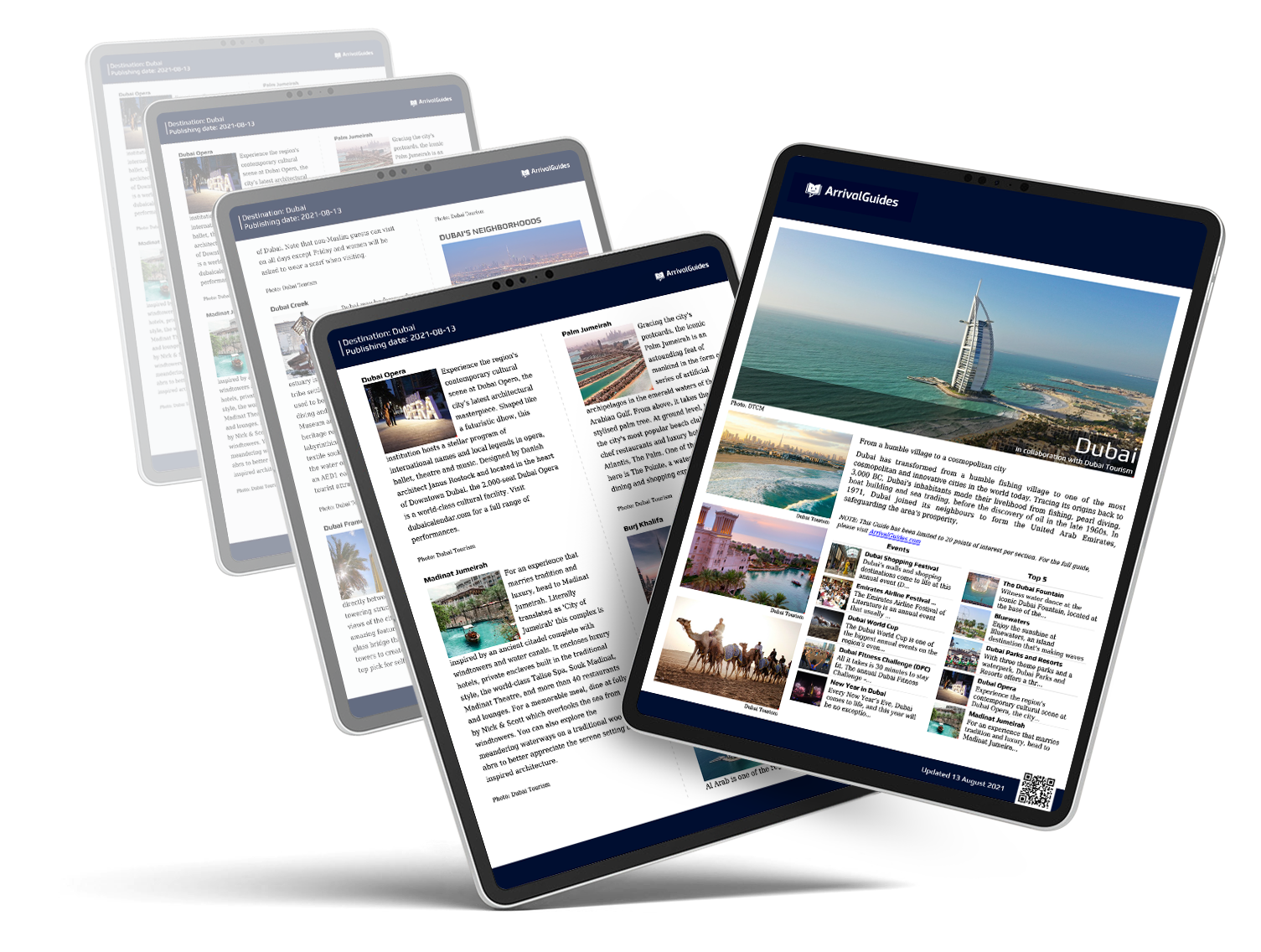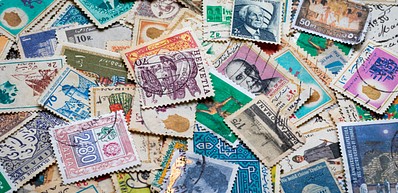
-
![person holding black rotary telephone]() Provided by: Wesley Hilario/unsplash
Provided by: Wesley Hilario/unsplash

Our travel guides are free to read and explore online. If you want to get your own copy, the full travel guide for this destination is available to you offline* to bring along anywhere or print for your trip.
*this will be downloaded as a PDF.Price
€4,95
Telephone
The guide was updated:Country code: +33
Area code: 1
Useful Information
Digital Travel Guide Download
Our travel guides are free to read and explore online. If you want to get your own copy, the full travel guide for this destination is available to you offline* to bring along anywhere or print for your trip.
*this will be downloaded as a PDF.Price
€4,95

Citizens of the European Union (EU) and European Economic Area (EEA) countries do not need a visa to enter France, only a valid ID. Many other countries, including the United Kingdom, the United States, Canada, the United Arab Emirates, Australia, and New Zealand, benefit from visa-free entry for short stays of up to 90 days within a 180-day period.
Visitors from visa-exempt countries must hold a valid passport and, starting in late 2025, will need to apply for an ETIAS (European Travel Information and Authorisation System) authorisation online before travelling.
For those requiring a visa, such as travellers from some Middle Eastern, African or Asian nations, a Schengen visa must be obtained prior to arrival. All travellers should ensure their passport is valid for at least three months beyond their intended stay.
Read more

Paris Charles de Gaulle Airport (CDG)
Paris Charles de Gaulle Airport (CDG), also known as Roissy Airport, is the largest airport in France and the main international gateway to Paris, located about 34 km northeast of the city. One of the fastest ways to reach central Paris from CDG is the RER B train, which connects the airport to major stations such as Gare du Nord, Châtelet-Les-Halles, and Denfert-Rochereau. Trains run every 10–15 minutes, with a journey of roughly 30–40 minutes. The RoissyBus shuttle offers a direct route to the Paris-Opéra area, with frequent departures and a travel time of about an hour, depending on traffic. For those taking taxis, official vehicles can be found at designated ranks outside the terminals and are clearly identifiable by a taxi sign; passengers are advised to avoid accepting rides from drivers inside the terminal to prevent scams.
Read more

Paris Orly Airport (ORY)
Paris Orly Airport (ORY) is located about 13 km south of Paris and is the second-largest airport serving the French capital. Travellers can reach central Paris via several options. The Orlyval light rail connects the airport to Antony station in about 6–8 minutes, where passengers can transfer to the RER B train for direct access to the city centre, with a total journey time of roughly 30–35 minutes. The OrlyBus provides a direct service to Denfert-Rochereau in the 14th arrondissement, taking approximately 25–30 minutes depending on traffic.
Taxis are also available, with rides typically lasting 30–40 minutes, though peak traffic can extend this time. Finally, the T7 tram links the airport to Villejuif–Louis Aragon station on Metro Line 7, offering a more economical route, though the full trip into central Paris is longer than other options.
Read more

Paris Beauvais Airport (BVA)
Paris Beauvais Airport (BVA) primarily serves low-cost airlines. The official shuttle service connects the airport to Paris-Porte Maillot's Pershing car park, with a journey time of approximately 1 hour and 15 minutes, depending on traffic. Shuttles are scheduled to align with flight arrivals. Upon arrival at Porte Maillot, passengers have access to Metro Line 1 and RER Line C, facilitating easy connections to central Paris.
Read more

Public Transport
Paris has an extensive and efficient public transport network operated by the RATP, including the metro, RER trains, buses, trams, and the Montmartre funicular. The metro, with 16 lines and over 300 stations, is a fast and economical way to get around the city, running daily from about 5:30 am to midnight on weekdays and until around 1:45 am at weekends. Buses and trams cover areas not served by the metro, with many lines operating seven days a week, while the Noctilien night buses run between 12:30 am and 5:30 am.
For travellers planning multiple journeys, the Paris Visite pass offers unlimited travel on all public transport for 1, 2, 3, or 5 consecutive days, including trips to airports, Versailles, and Disneyland Paris, making it a convenient and cost-effective option for exploring the city.
Read more

Taxi
Taxis are readily available throughout Paris, and you can hail one on the street, though it is often more reliable to use designated taxi stands, particularly during busy periods such as Friday and Saturday evenings. For added convenience, the popular G7 app allows you to book a taxi in advance, track it in real time, and pay directly through the app. Ride-sharing services such as Uber also operate in Paris, offering an alternative to traditional taxis.
Read more

Frequently Asked Questions About Paris (FAQs)
- What is the best time to visit Paris?
As one of the most visited cities in the world, it is safe to say that there is never really a bad time to visit the French capital. The weather is best in summer, but crowds are by far the biggest. Autumn is also highly recommended for its pleasant weather, smaller crowds, and stunning foliage. Having said that, the best time to visit Paris is from June to October.
- How many days do you need in Paris?
In order for you to visit the main sights and attractions in Paris, walk around the city and explore its characterful arrondissements, you will need from 4 to 5 days.
- Is Paris dangerous?
Despite being a major European capital and one of the most visited cities in the world, Paris is a fairly safe city for travellers. However, as with most main tourist destinations, pickpocketing is the biggest concern here. So, be careful with your belongings when taking public transport and around the city's main attractions.
- Is Paris expensive?
Yes, Paris is one of the most expensive cities in the world, especially when it comes to hotels. Average spending in the City of Light is high, not only when compared to other cities, but also to other European cities.
Read more

Post
In Paris, most post offices are open Monday to Friday from around 8:30 am to 6 pm. On Saturdays, many offices operate until early afternoon, typically closing by 1 pm, while most are closed on Sundays.
For travellers looking to post mail internationally or access a full range of postal services, the main post office in the city is La Poste – Paris Louvre, one of the few with extended hours, including Sundays. It offers services such as sending and receiving domestic and international mail and parcels, buying stamps and philatelic items, carrying out automated banking transactions, and using self-service kiosks for quick postal tasks.
Read more

Pharmacy
In Paris, pharmacies are easily recognisable by the green cross sign. The most prominent ones include Aprium Pharmacie, which offers prescription fulfilment, over-the-counter medicines, health consultations, and beauty products, and Citypharma, famous with tourists for its extensive range of French skincare and cosmetic brands at competitive prices. Other notable locations include Pharmacie Monge and Pharmacie du Forum des Halles, both providing a full selection of health and wellness products.
Read more

Electricity
In France, the electrical system operates on a voltage of 230 volts with a frequency of 50 hertz. The country uses two main types of plugs: type C, which has two round pins, and type E, which also has two round pins along with an additional hole for the grounding pin.
Read more

Telephone
Country code: +33
Area code: 1
Read more


